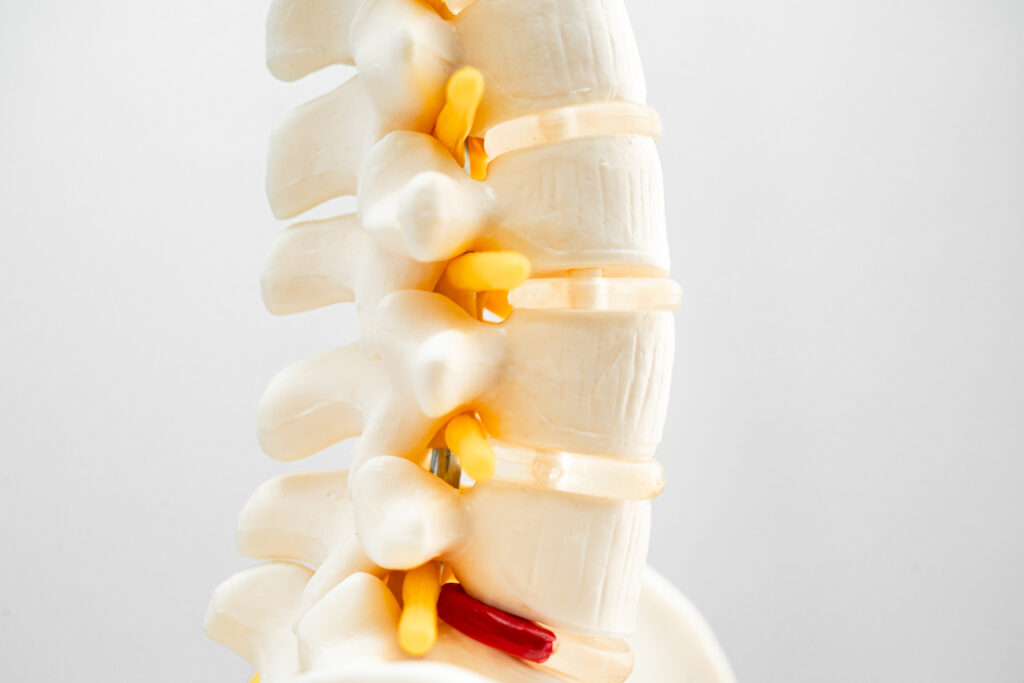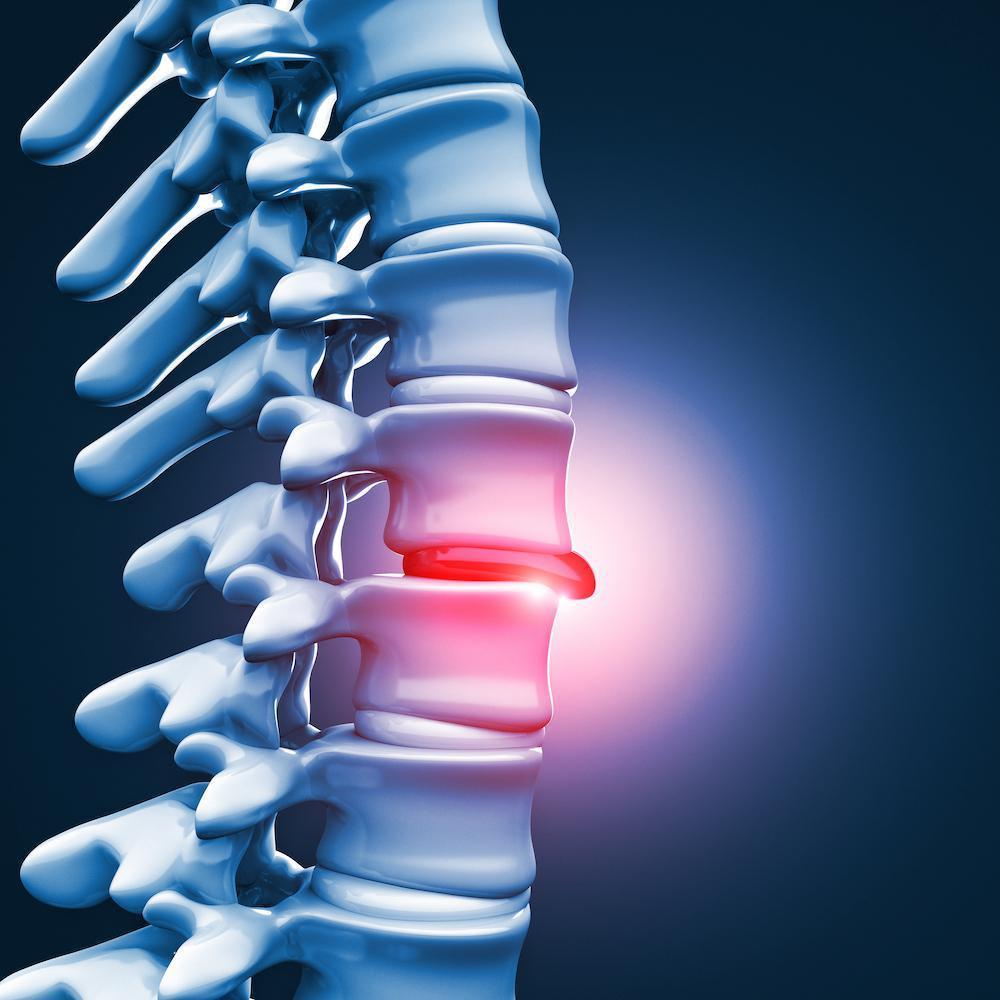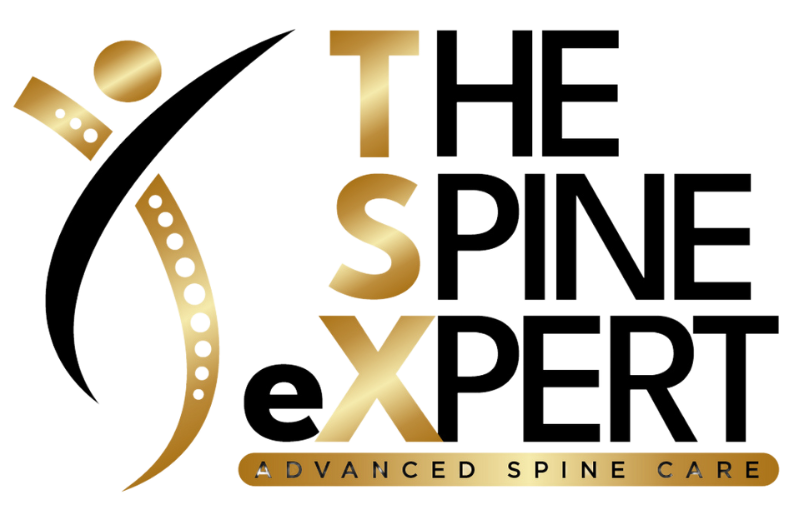Slipped Disc Treatment

Introduction
Many vertebrae stack up to form your spine. In between each of these vertebrae are discs. These discs act as shock absorbers when you are walking, running, or doing any physical activity. Every disc comprises two parts. Its interior portion is soft and gelatinous, and on the exterior it is covered by a tough outer ring. Sometimes, due to injury or aging, the inner gel leaks out of the outer ring. This is called a slipped or herniated disc.
Every year, around 2% of people get a herniated disc. In India, 20-23% suffer from back pain, a major portion of which is caused by a slipped disc. Those with a slipped disc experience extreme pain and discomfort. Mostly people between the ages of 30 to 50 are likely to suffer from this. Lifting heavy weight, being overweight, sitting in one position for a long time and smoking make you more likely to get a slipped disc.

Symptoms
- Extreme pain, especially in the lower back.
- Pain radiating to the legs or arms, depending on the location of the damaged disc.
- Tingling or numbness in legs.
- Muscle weakness affects the ability to hold or lift objects.
- Pain exacerbated by bending, twisting, or lifting.
Causes
- Spinal discs lose water content as people age, making them less flexible.
- Sudden strain from heavy lifting or injury.
- Repetitive Movements: Jobs involving repetitive bending or twisting.
- Genetics: Family history of disc problems.
Diagnosis and Treatment
- Diagnosis: Physical exam, MRI, or CT scan to locate the herniated disc.
- Treatment:
- Medications: NSAIDs, painkillers, and muscle relaxants.
- Physical Therapy: Strengthening core and back muscles.
- Surgery: Microdiscectomy or laminectomy for severe cases.
Risk Factors
Certain people are at a greater risk of slipped disc
- Sedentary lifestyle with weak core muscles.
- Smoking reducing blood flow to spinal discs.
- Obesity increases spinal pressure.
- Age between 30-50 years.
